Regional
Integration of ex-FAR soldiers into RPA was a crucial step in Rwanda's post-Genocide struggle
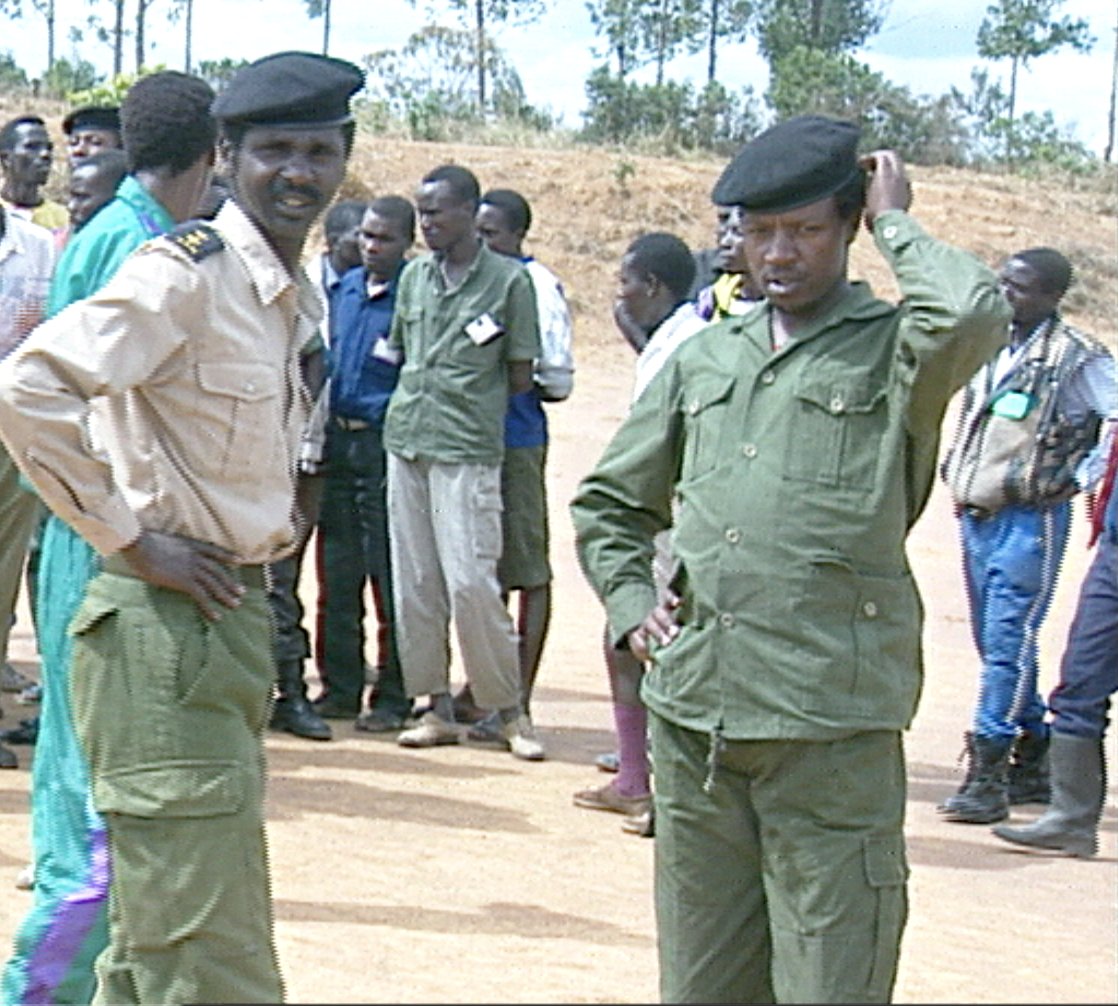
The
integration of the former Forces Armées Rwandaises (ex-FAR) soldiers into the
Rwanda Patriotic Army (RPA) played a pivotal role in quelling post-Genocide
insurgency.
In the
aftermath of the Genocide against the Tutsi, as RPA soldiers halted the
violence, a segment of ex-FAR soldiers, who were not involved in the atrocities
were integrated into RPA which later became Rwanda Defence Force (RDF).
On
October 22, 1994, international journalists were invited to Gako Military Camp
to witness the integration process. The ex-FAR officers embarked on a brief but
intensive training program, immersing themselves in the ideological foundation
of the new army and their responsibilities in the nation's post-genocide
reconstruction efforts.
Among
the 78 senior officers present on that pivotal day was the late Col Marcel
Gatsinzi, who would later ascend to the rank of a four-star General within the
RDF. Gatsinzi told the media that "we stand here united with RPA, engaged
not just in military training but also in a seminar of peace.”
“While
some chose to flee the country, I chose peace. My goal is to contribute to
rebuilding our nation, utilizing my experience in various capacities, be it in
the armed forces or beyond."
Following
his integration, Gatsinzi assumed the role of Deputy Chief of Staff of RPA,
while his compatriot Col Deogratias Ndibwami became the Chief of Staff of the
Gendarmerie, which would later evolve into the Rwanda National Police. Noteworthy
participants in this initiative included Maj Gen BEM Emmanuel Habyarimana, who
also served as a defense minister in the past.
Integration
efforts extended over subsequent years. Between 1995 and 1997, over 10,500
ex-FAR officers and personnel merged into the RPA. Subsequently, from 1998 to
2002, more than 39,200 ex-FAR members and militia found their place within the
RPA ranks.
At one
juncture, the ex-FAR contingent within the RDF exceeded the number of original
RPA fighters, as noted by Gen James Kabarebe during a meeting of RPF cadres on
July 23.
The
integration bore immediate security fruits, with the defeat of a post-Genocide
insurgency spearheaded by hardline remnants of the defeated genocidal forces,
who formed the ALiR militia group, which later also transformed into the
current FDLR.
The
ex-FAR soldiers, hailing primarily from the northern region, held intimate
knowledge of the insurgency-stricken areas. This familiarity was instrumental
in stopping the insurgency, evident when within a span of one month in 1998,
Col Leonard Nkundiye, FDLR's top commander, met his demise. His successor, Lt
Col Dr Froduald Mugemanyi, faced a similar fate two weeks later, effectively
dismantling FDLR's leadership.
The
Arusha Peace Agreement's Protocol III, established in 1993 between the Rwandan government
and RPF Inkotanyi, guided the integration process. Remarkably, despite
triumphing in their armed struggle, RPF remained committed to the protocol.
Contrary
to misconceptions, the joint Rwandan force that intervened in DRC aimed to
repatriate refugees and counter insurgency. This operation fused RPA and ex-FAR
elements, reuniting families rather than targeting them.
Rwanda's
journey towards social and economic transformation finds its roots in the unity
of its people.
This
unity was only achievable through the security bolstered by the combined might
of RPA and ex-FAR, culminating in RDF's formation—an army dedicated to
safeguarding all Rwandans.
In the
tapestry of Rwanda's success, the integration of ex-FAR stands as a critical
thread, woven into the fabric of a nation that defied adversity, united, and
forged its path to transformation.



.jpeg-20230703062745000000.jpeg)
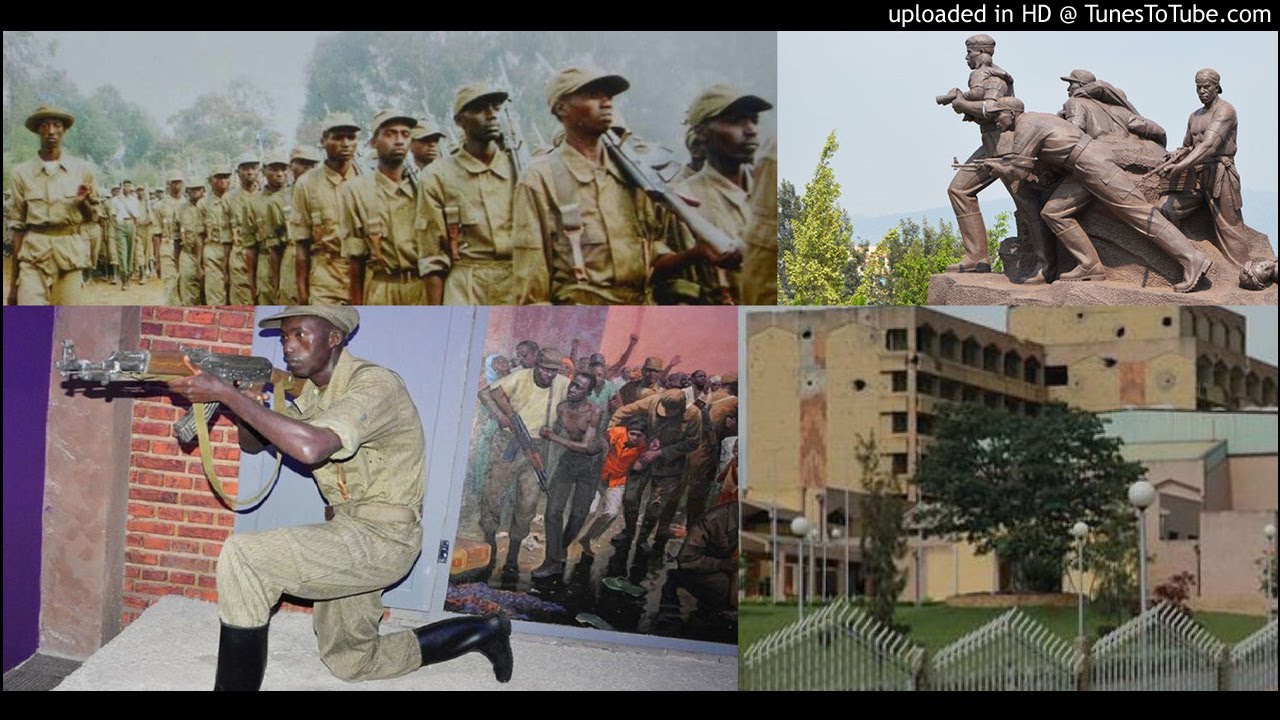
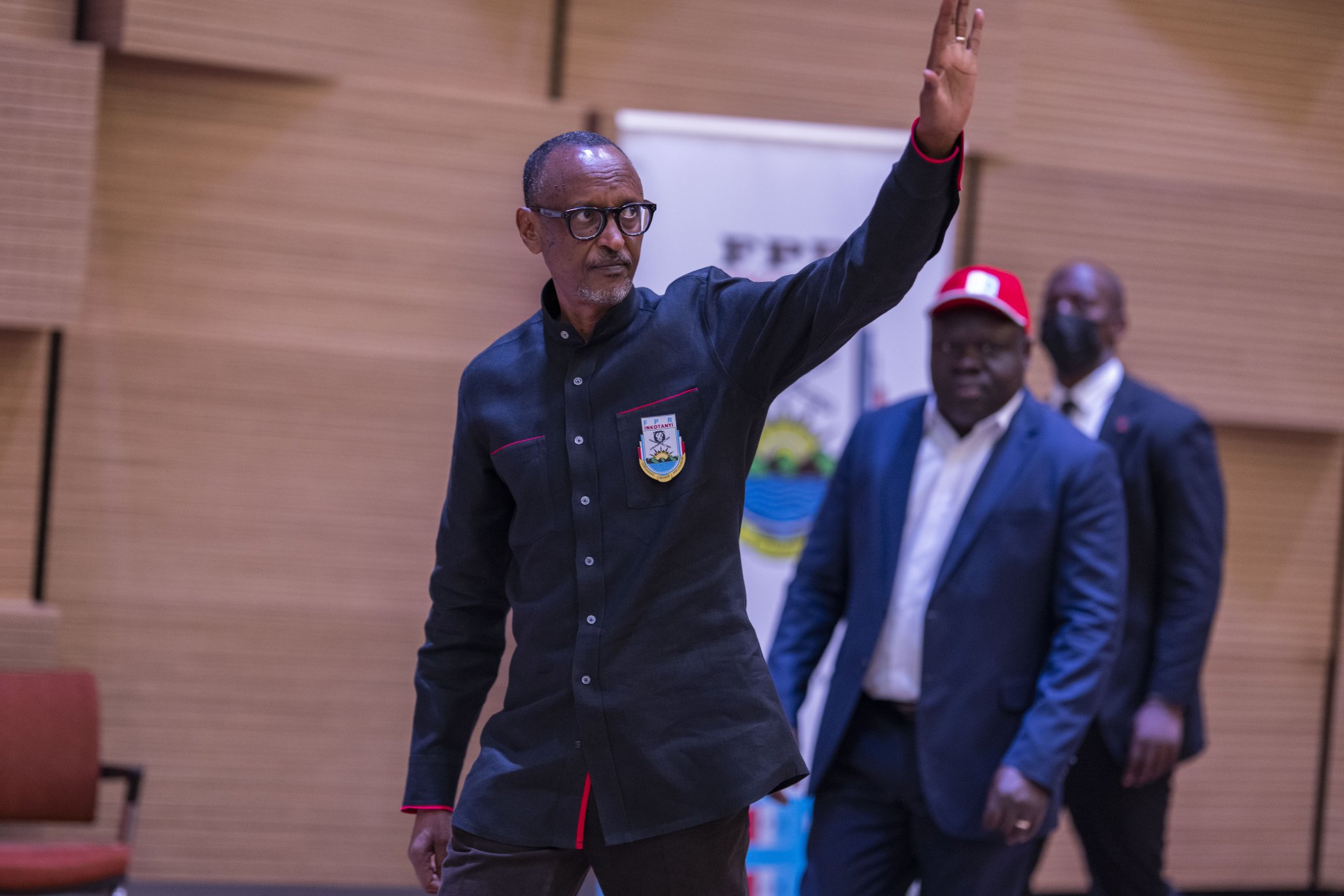
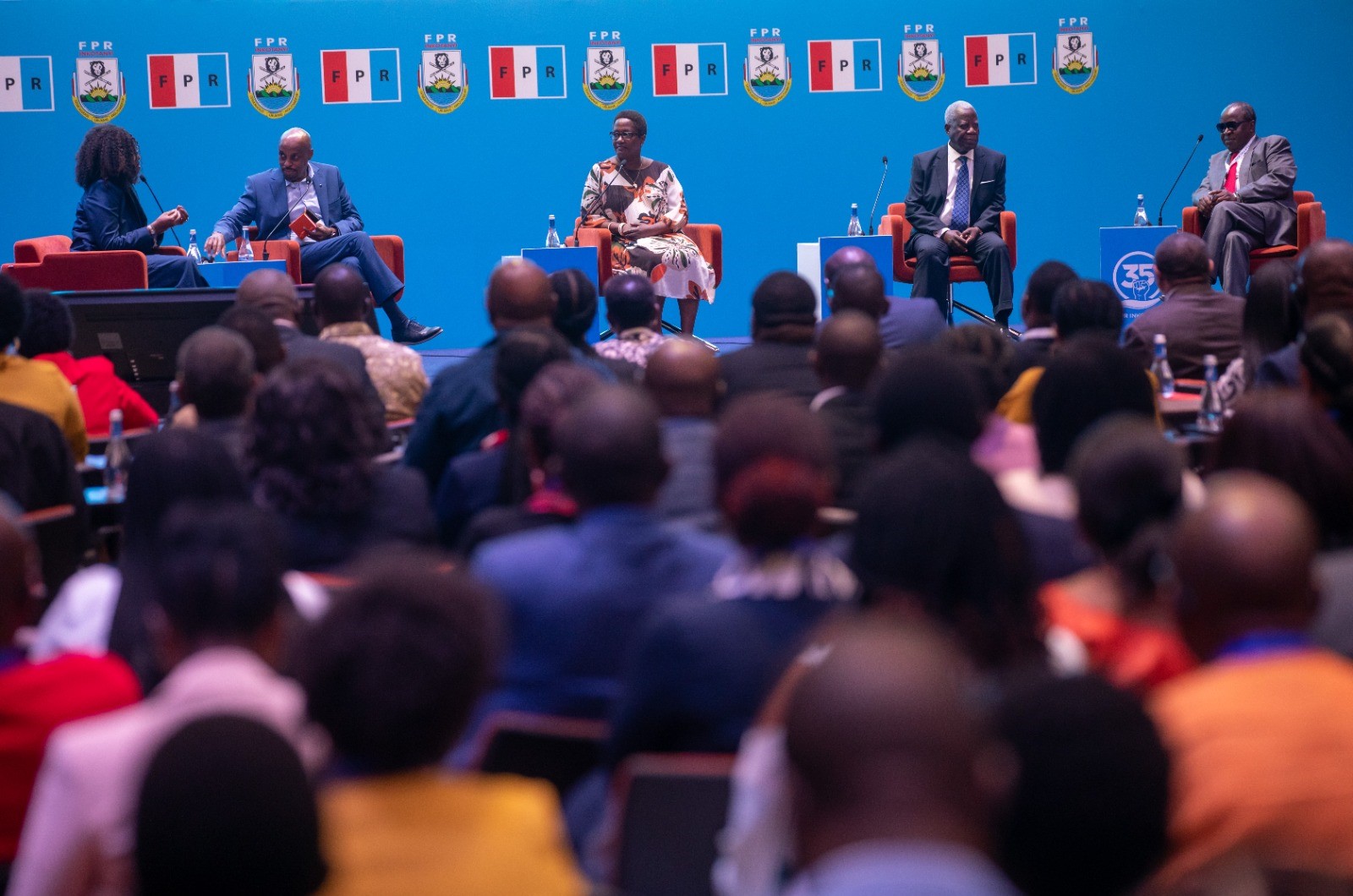
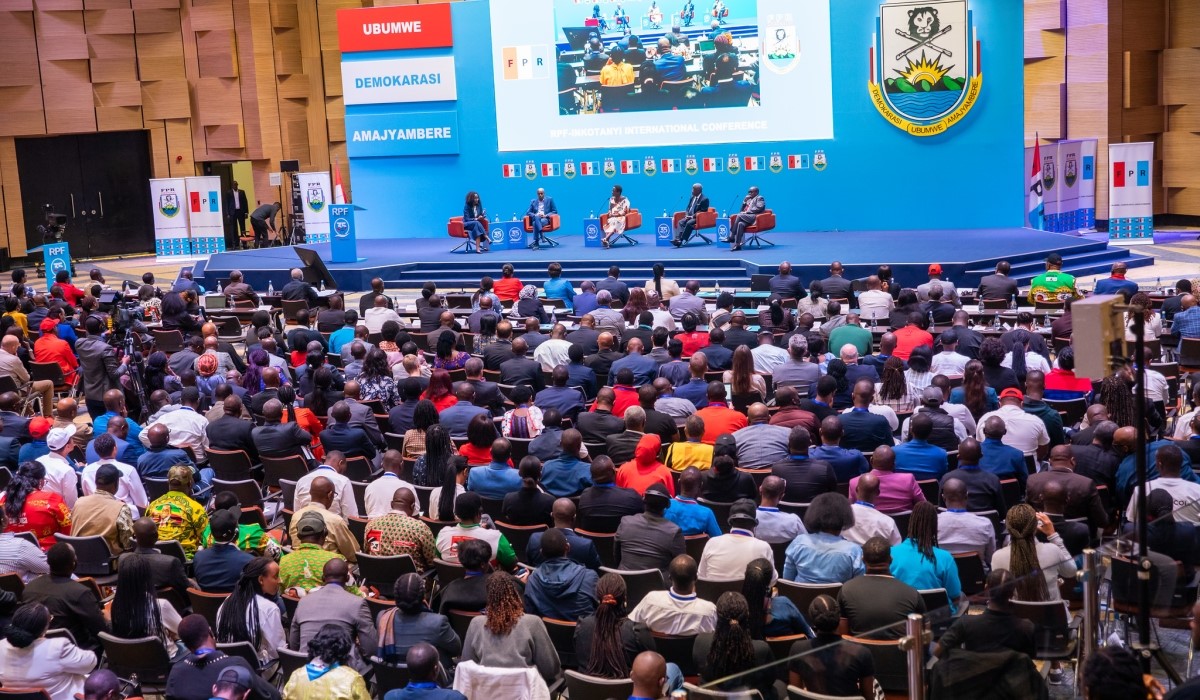
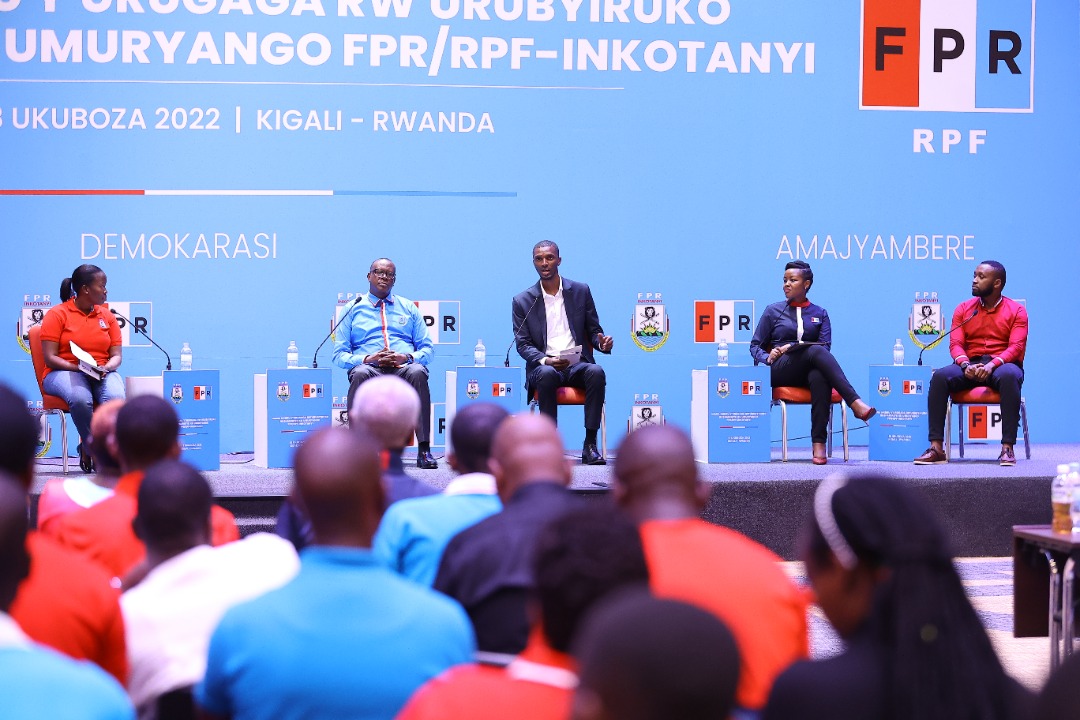
.jpg-20221022115216000000.jpg)